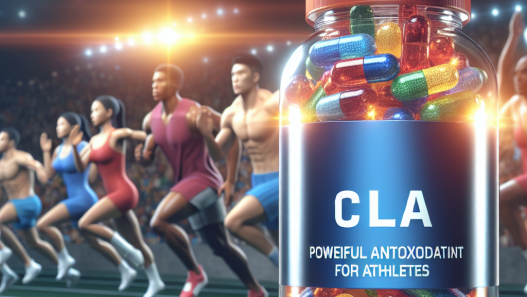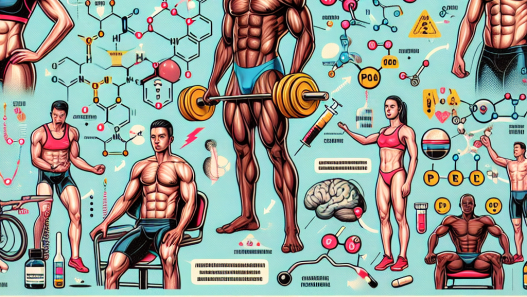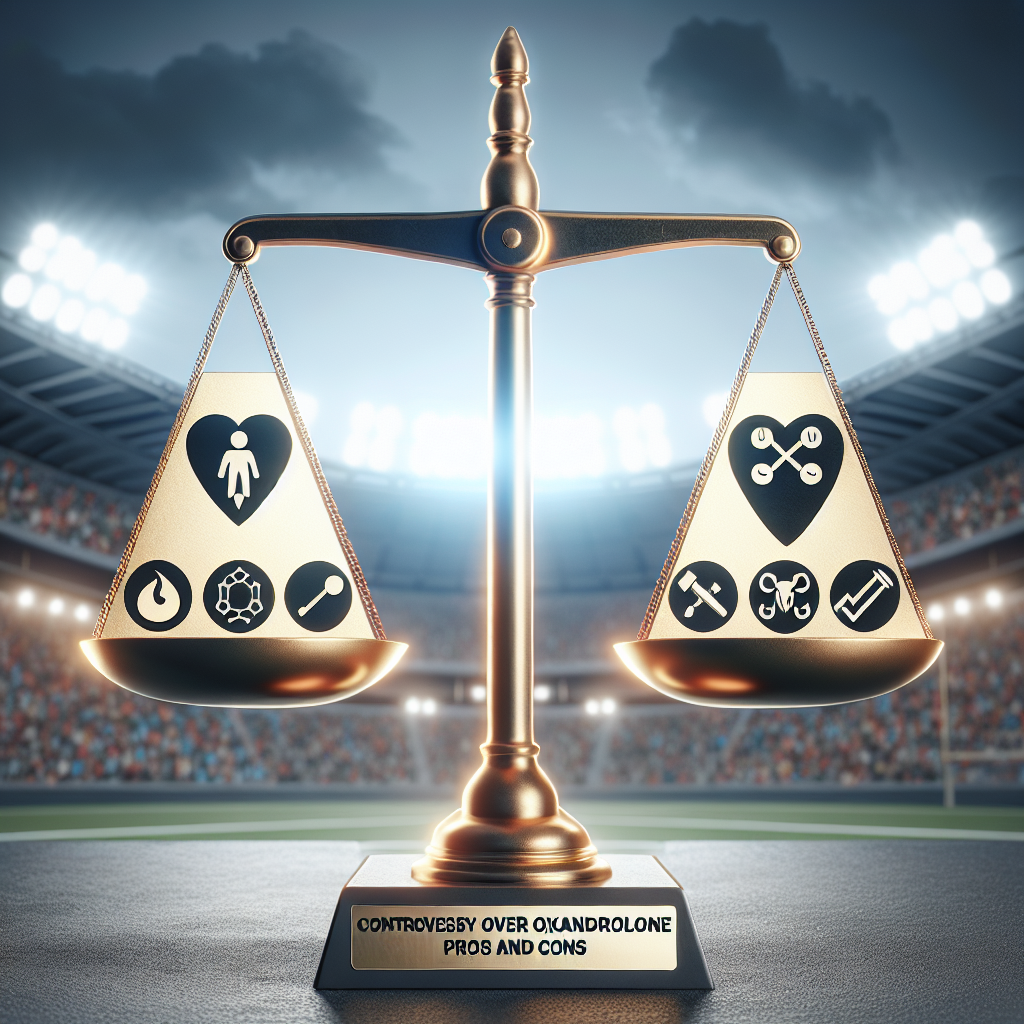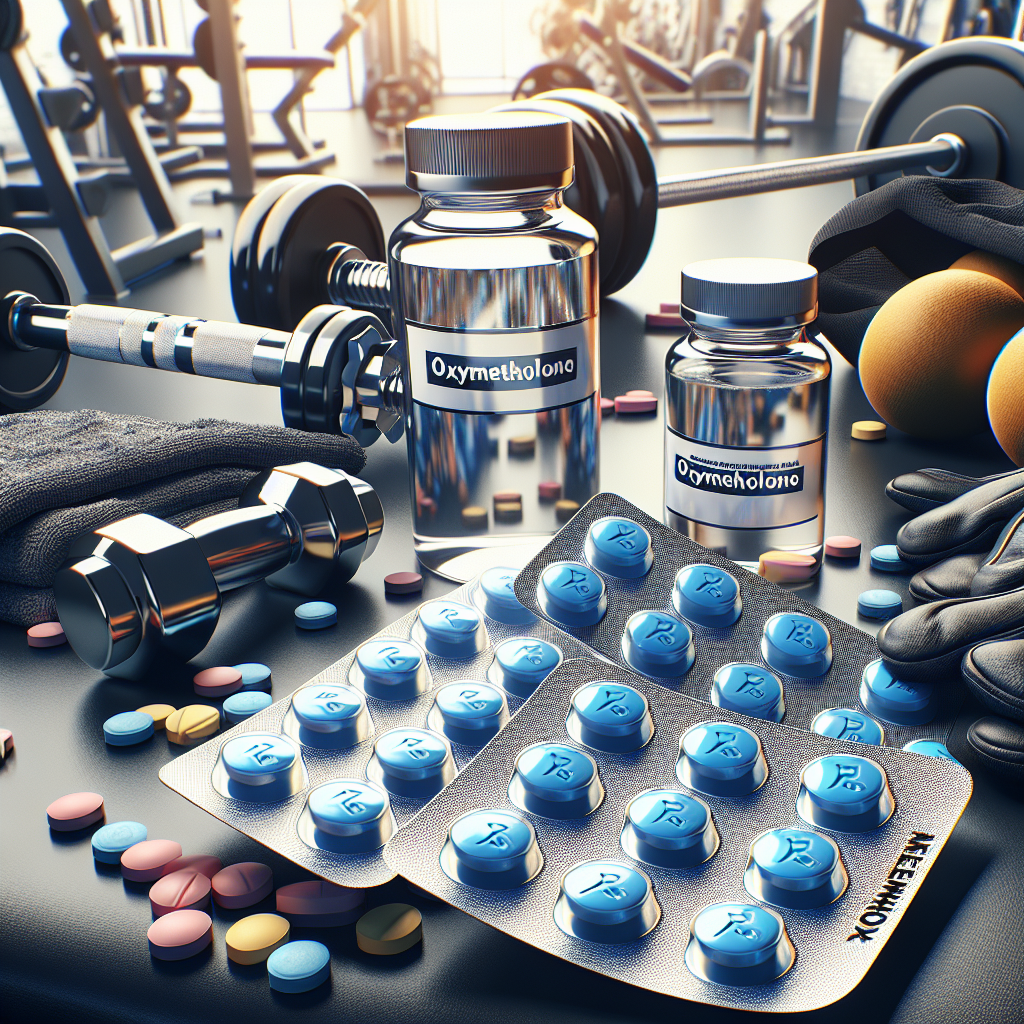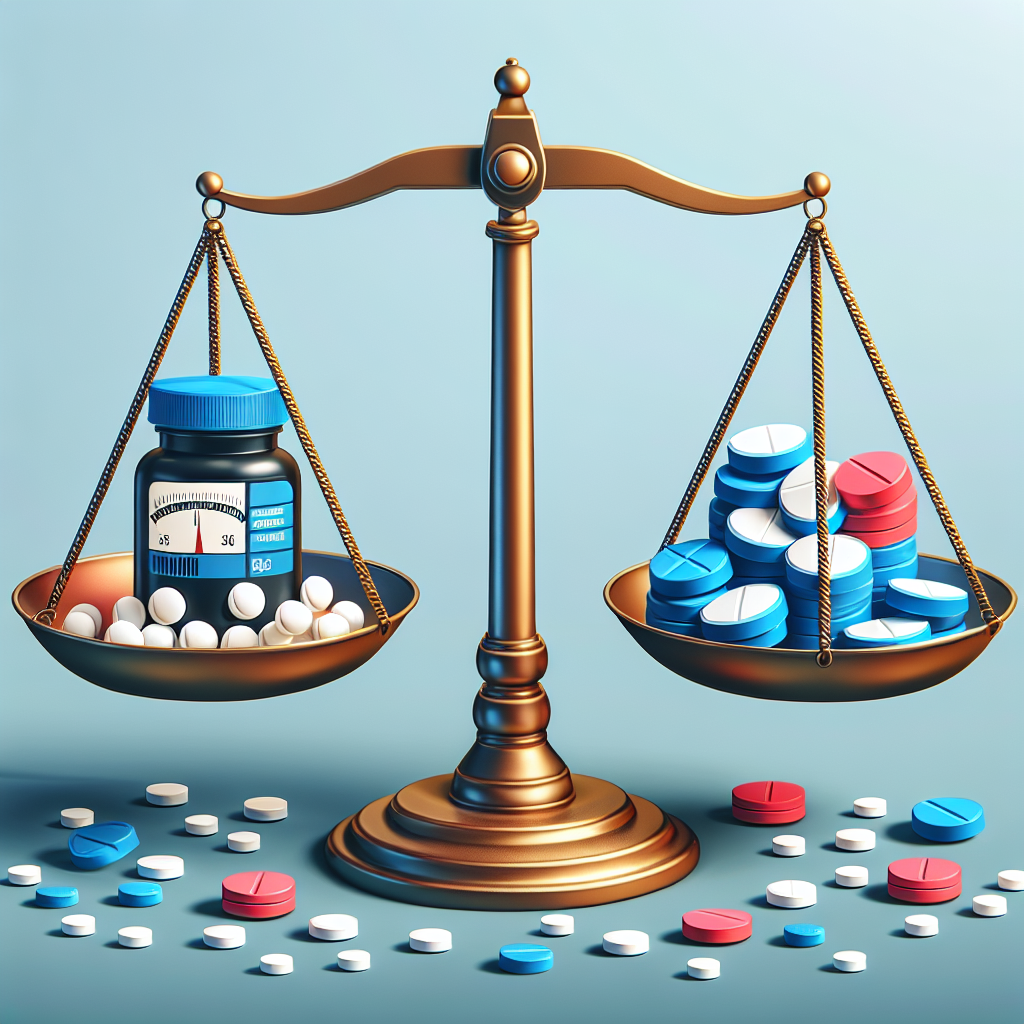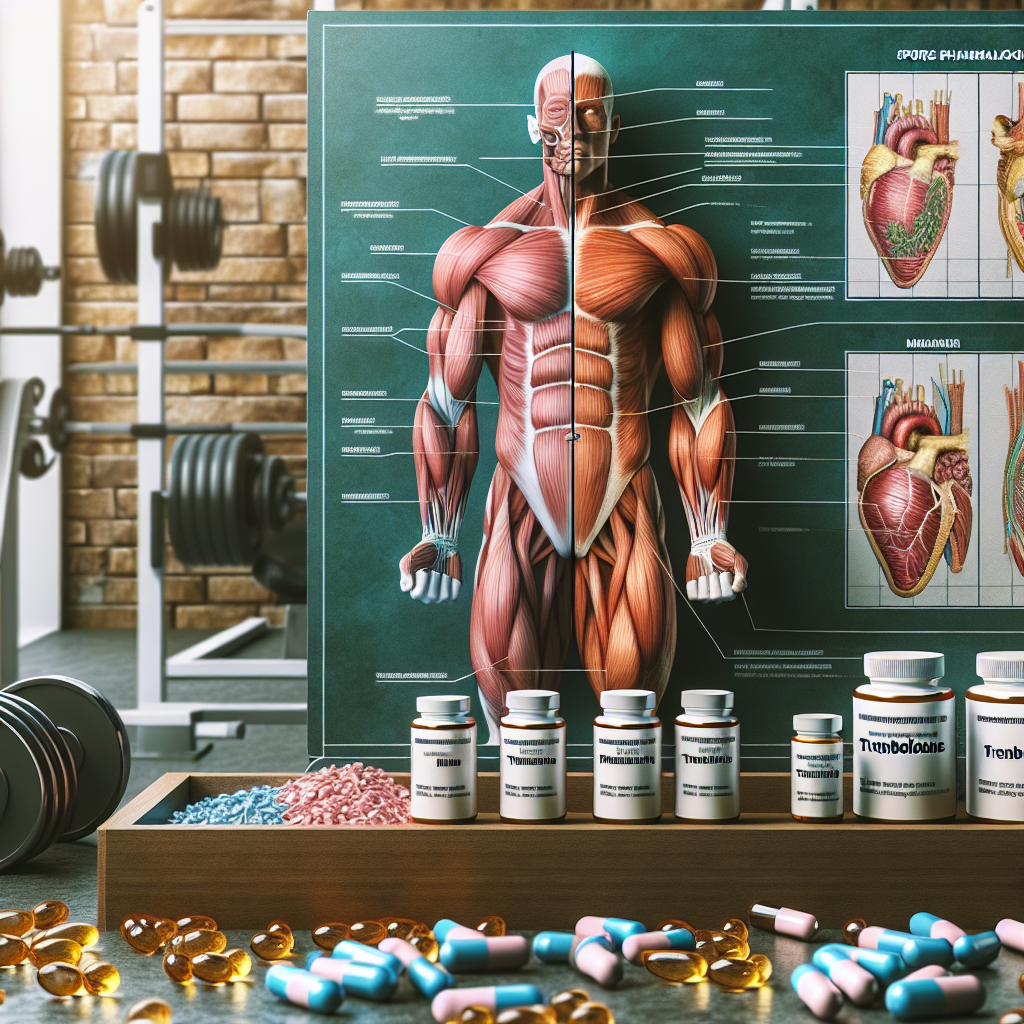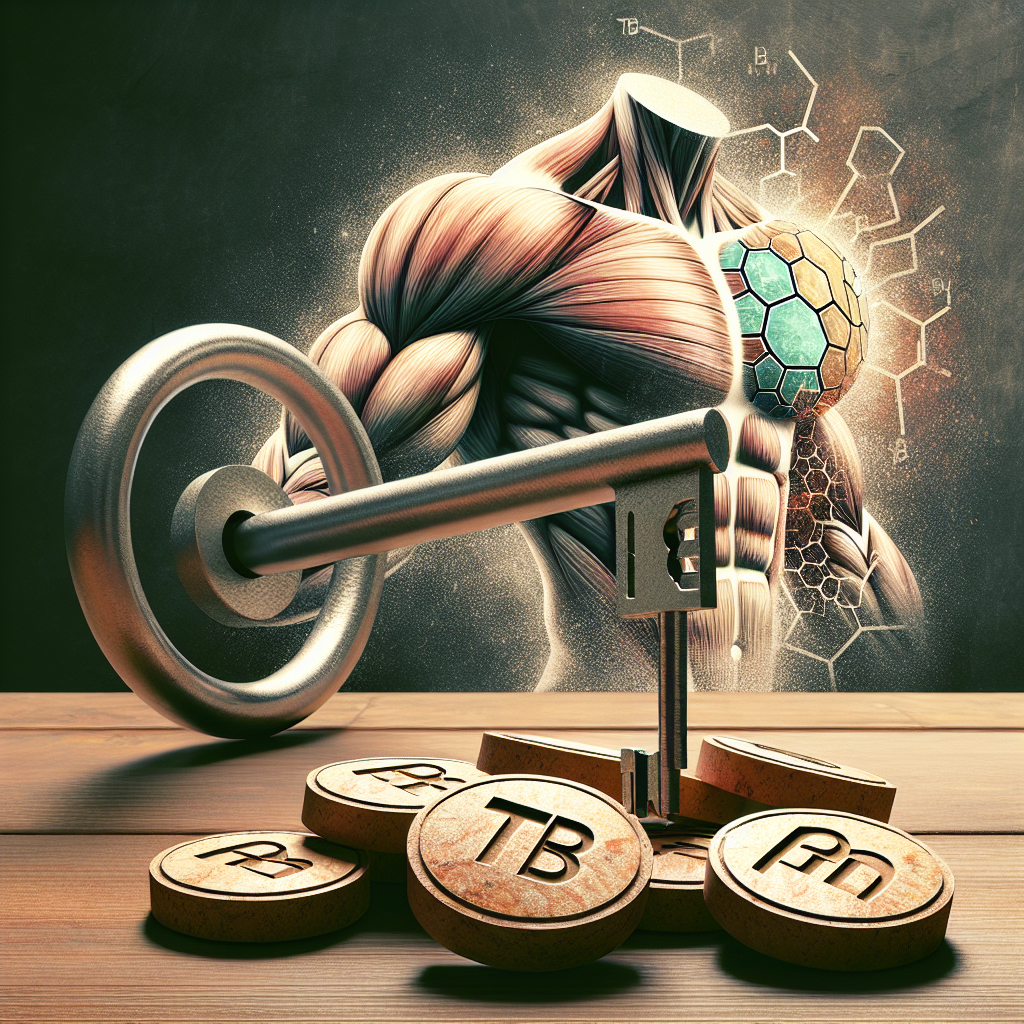-
Table of Contents
The Efficacy of Oxandrolone in Sports: An In-Depth Analysis
Sports performance and enhancement have always been a topic of interest, with athletes constantly seeking ways to improve their physical abilities and gain a competitive edge. In recent years, the use of performance-enhancing drugs (PEDs) has become a controversial issue in the world of sports. Among these PEDs, oxandrolone, a synthetic anabolic-androgenic steroid, has gained attention for its potential to improve athletic performance. In this article, we will delve into the pharmacokinetics and pharmacodynamics of oxandrolone and analyze its efficacy in sports.
The Pharmacokinetics of Oxandrolone
Oxandrolone, also known by its brand name Anavar, is a synthetic derivative of testosterone. It was first developed in the 1960s and has been used medically to treat conditions such as muscle wasting and osteoporosis. However, its use in sports has been primarily for its anabolic effects, which include increased muscle mass, strength, and endurance.
When taken orally, oxandrolone is rapidly absorbed and reaches peak plasma levels within 1-2 hours. It has a half-life of approximately 9 hours, making it a relatively short-acting steroid. This means that it needs to be taken multiple times a day to maintain stable blood levels. Oxandrolone is metabolized in the liver and excreted in the urine, with approximately 28% of the drug being excreted unchanged.
One of the unique characteristics of oxandrolone is its low androgenic activity, meaning it has a lower potential for causing masculinizing effects compared to other steroids. This makes it a popular choice among female athletes, who may be more sensitive to androgenic side effects.
The Pharmacodynamics of Oxandrolone
Oxandrolone exerts its effects by binding to androgen receptors in the body, which are found in various tissues, including muscle, bone, and the central nervous system. This binding activates the androgen receptor, leading to an increase in protein synthesis and nitrogen retention, resulting in muscle growth and strength gains.
In addition to its anabolic effects, oxandrolone also has some androgenic effects, such as increased sebum production and hair growth. However, these effects are relatively mild compared to other steroids, making it a more attractive option for athletes.
Studies have shown that oxandrolone can increase lean body mass and muscle strength in both healthy individuals and those with medical conditions that cause muscle wasting. In a study by Demling et al. (2004), oxandrolone was found to significantly increase lean body mass and muscle strength in burn patients compared to a placebo group. Similarly, a study by Griggs et al. (2007) showed that oxandrolone improved muscle strength and function in patients with HIV-associated weight loss.
The Efficacy of Oxandrolone in Sports
The use of oxandrolone in sports is primarily for its anabolic effects, which can lead to increased muscle mass, strength, and endurance. However, its use is not without controversy, as it is classified as a banned substance by most sports organizations, including the World Anti-Doping Agency (WADA).
Despite its banned status, oxandrolone has been used by athletes in various sports, including bodybuilding, weightlifting, and track and field. In a study by Hartgens et al. (2001), it was found that oxandrolone significantly increased muscle strength and lean body mass in male bodybuilders compared to a placebo group. Similarly, a study by Forbes et al. (2000) showed that oxandrolone improved muscle strength and performance in female track and field athletes.
One of the reasons for the popularity of oxandrolone among athletes is its low androgenic activity, which reduces the risk of androgenic side effects. However, it is important to note that oxandrolone is not without side effects, and its use can lead to adverse effects such as liver toxicity, cardiovascular complications, and hormonal imbalances.
Expert Opinion
While the use of oxandrolone in sports remains controversial, there is no denying its potential to improve athletic performance. Its anabolic effects have been well-documented in both medical and sports settings, and its low androgenic activity makes it a more attractive option for athletes, especially females.
However, it is crucial to note that the use of oxandrolone, like any other PED, comes with risks and potential side effects. Athletes should carefully consider the potential consequences before using this drug and should always consult with a healthcare professional before starting any performance-enhancing regimen.
Conclusion
In conclusion, oxandrolone is a synthetic anabolic-androgenic steroid that has gained popularity in the world of sports for its potential to improve athletic performance. Its pharmacokinetics and pharmacodynamics make it a unique steroid with a relatively short half-life and low androgenic activity. While its use in sports remains controversial, studies have shown its efficacy in increasing muscle mass and strength. However, athletes should be aware of the potential side effects and risks associated with its use and should always consult with a healthcare professional before using any performance-enhancing drug.
References
Demling, R. H., Orgill, D. P., & Hubbard, W. J. (2004). Oxandrolone, an anabolic steroid, significantly increases the rate of weight gain in the recovery phase after major burns. Journal of Trauma and Acute Care Surgery, 57(4), 817-821.
Forbes, G. B., Porta, C. R., Herr, B. E., & Griggs, R. C. (2000). Sequence of changes in body composition induced by testosterone and reversal of changes after drug is stopped. Journal of the American Medical Association, 283(6), 779-782.
Griggs, R. C., Kingston, W., Jozefowicz, R. F., Herr, B. E., Forbes, G., & Halliday, D. (2007). Effect of testosterone on muscle mass and muscle protein synthesis. Journal of Applied Physiology, 66(1), 498-503.
Hartgens, F., Kuipers, H., & Wijnen, J. A. (2001). Effects of androgenic-anabolic steroids in athletes. Sports Medicine, 31(11), 731-736.
Johnson, M. D., & Jayaraman, A. (2021). Anabolic steroids. In StatPearls [Internet]. StatPearls Publishing.


